Dargah Sharif
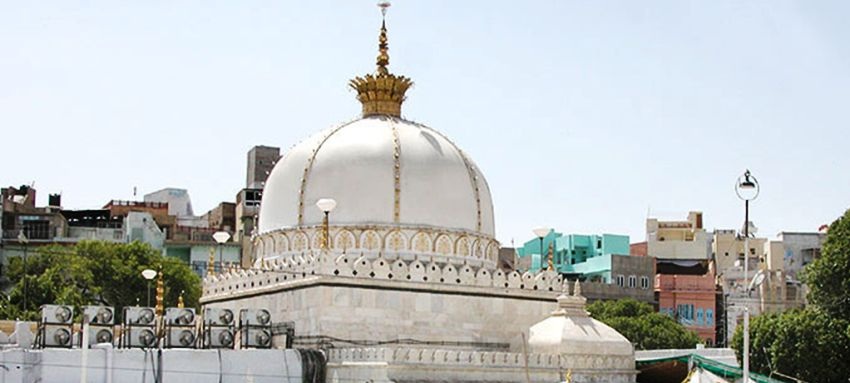
Also known as the Ajmer Sharif, it is situated in the oldest part of Ajmer and is well known for the tomb of the saint who founded the Sufi order, Hazrat Moinuddin Chishti. He was known to be Emperor Akbar’s spiritual mentor and had also blessed him with his sons. This monument in Ajmer is not famous among Muslims but travelers of all religions due to its historical significance.
Adhai Din-Ka-Jhonpra
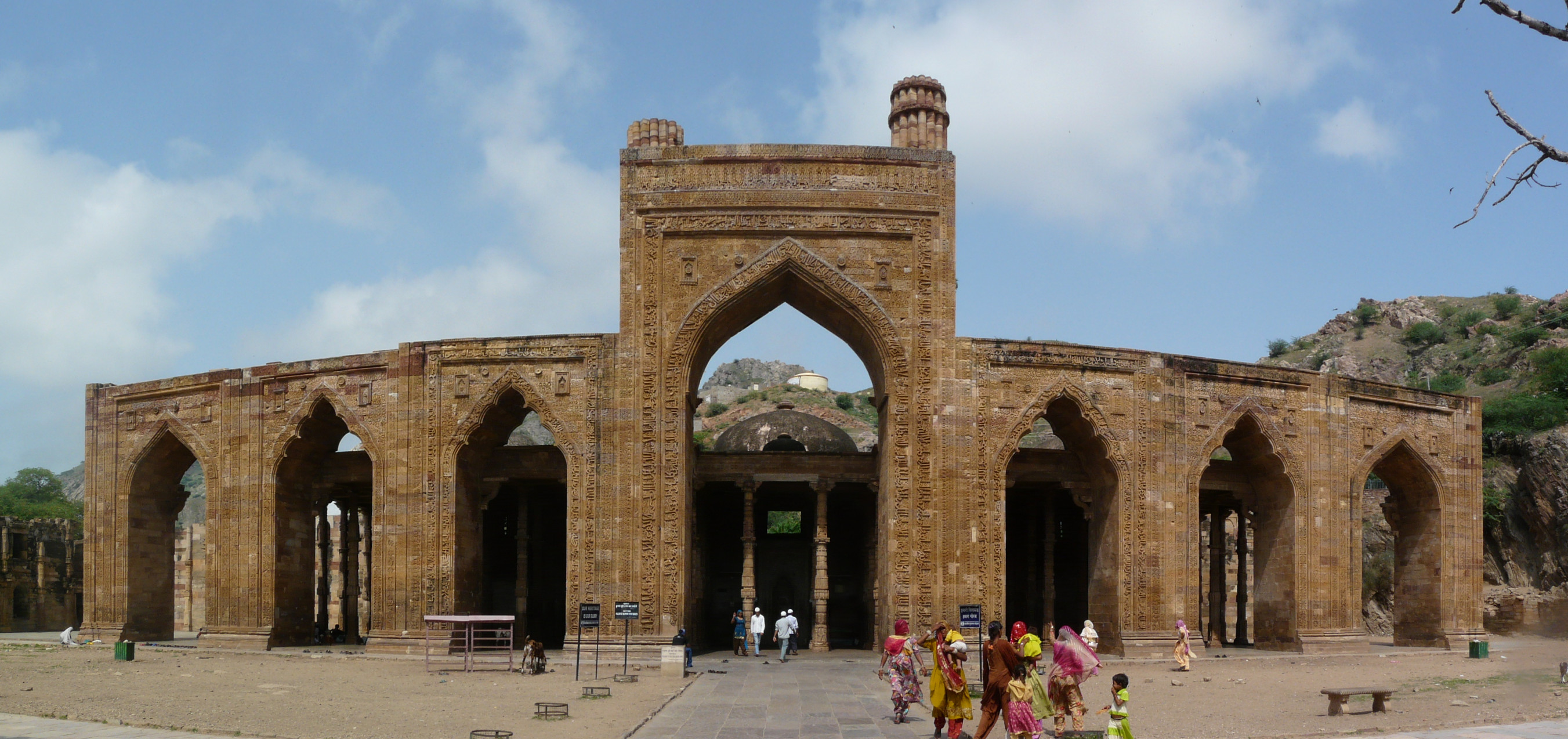
Jama Al-Tamish is more popularly known as Dhai Din-Ka-Jhonpra. Amongst all the Monuments in Ajmer, this is a noteworthy example of a unique mix and blend of Indo-Islamic architecture. The beautifully made pillars and minarets of this monument prove the superb architectural skill and acumen that has been used.
Taragarh Fort
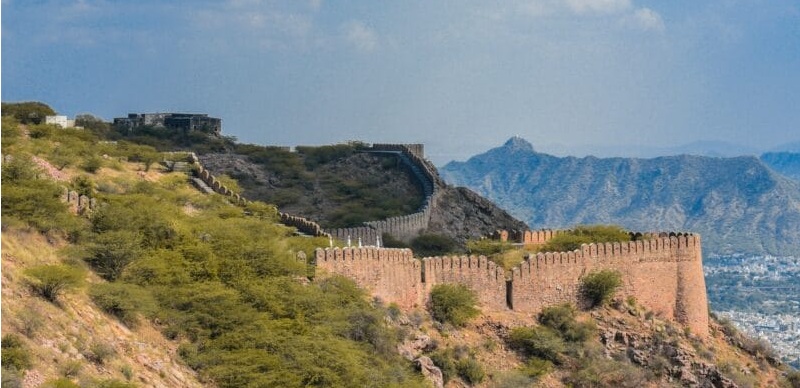
Famous for its huge gates and its superb architectural splendor and grandeur is the massive Taragarh Fort. Out of all the Monuments in Ajmer, India, the Taragarh Fort is one of the largest monuments.
Pushkar Lake

According to Hindu scriptures, the sacred Pushkar Lake is described as ‘Tirtha Raj’, the king of all pilgrimage sites. No pilgrimage is considered to be complete without a dip in in the holy Pushkar Lake. Semi-circular in shape and about 8-10 metres deep, Pushkar Lake is surrounded by 52 bathing ghats and over 400 temples and is truly a magnificent sight to behold.
Brahma Temple
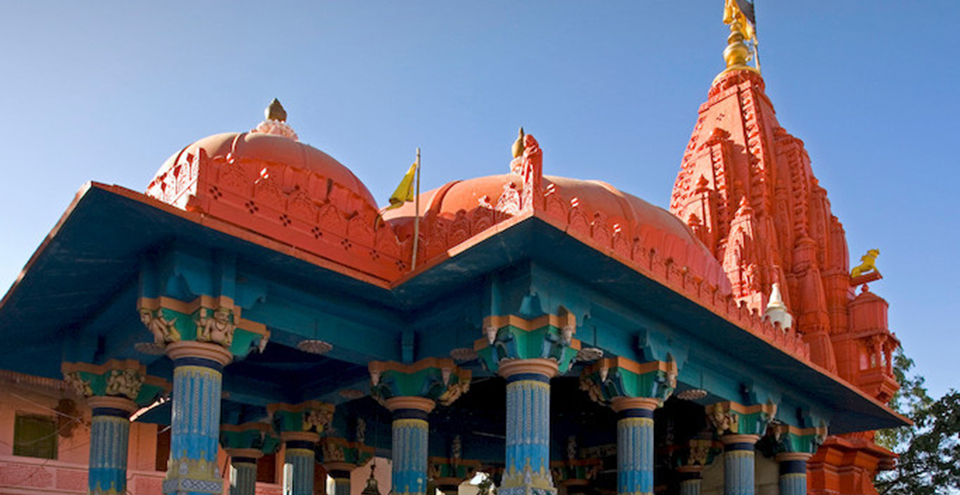
Nestled in the picturesque Pushkar valley beyond the Nangaparvat and Anasagar Lake, the Brahma temple holds a special place in the hearts of Indians. It is the only temple in the world dedicated to Lord Brahma. Built with marble and decorated with silver coins, this temple can be identified by its red spire and the image of a swan (considered sacred to Lord Brahma).
Savitri Temple
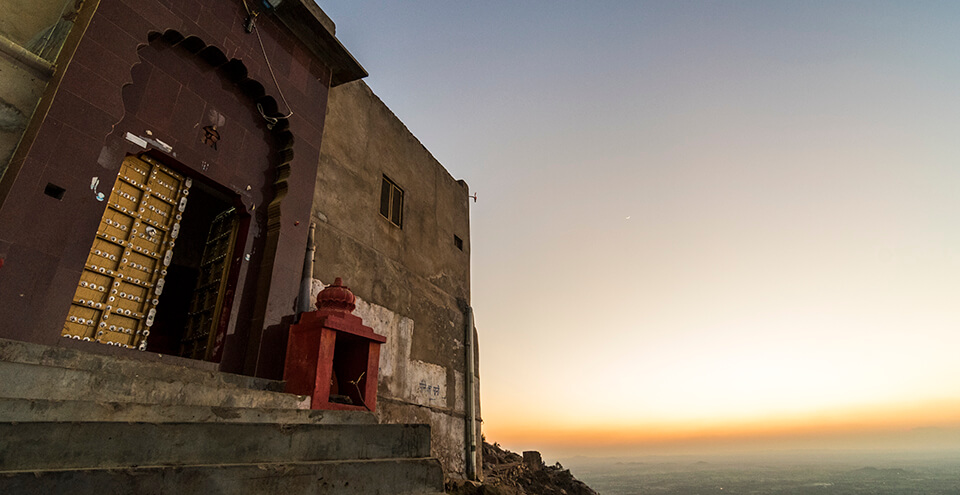
Dedicated to Lord Brahma's first wife, Goddess Savitri, this temple is situated on a hillock right behind the Brahma temple. While climbing the long series of steps leading to the temple, one can catch a panoramic view of the lake, surrounding temples and sand dunes. The presence of the only Brahma Temple in Pushkar is the outcome of Savitri’s curse to Brahma for marrying another Goddess, Gayatri, while starting his yagna in Pushkar.
Rangji Temple
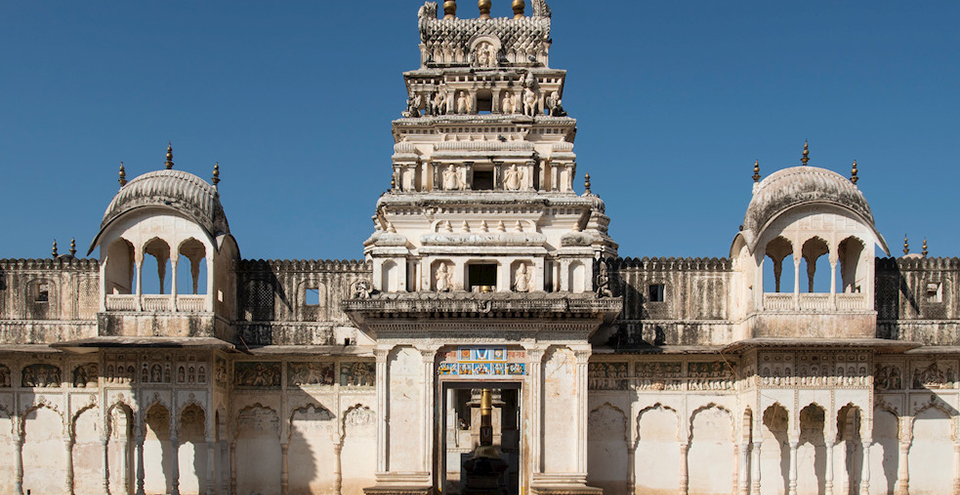
The gracious and conspicuous Rangji Temple is another popular shrine that witnesses thousands of pilgrims and tourists every year. The temple is dedicated to Lord Rangji, believed to be an incarnation of Lord Vishnu. The influence of South Indian style, Rajput style and Mughal style in the temple’s architecture is highly noticeable. The high-rising ‘Gopuram’, prevalent mainly in the temples present in South India is another feature of the temple that attracts visitors.
Ana Sagar Lake
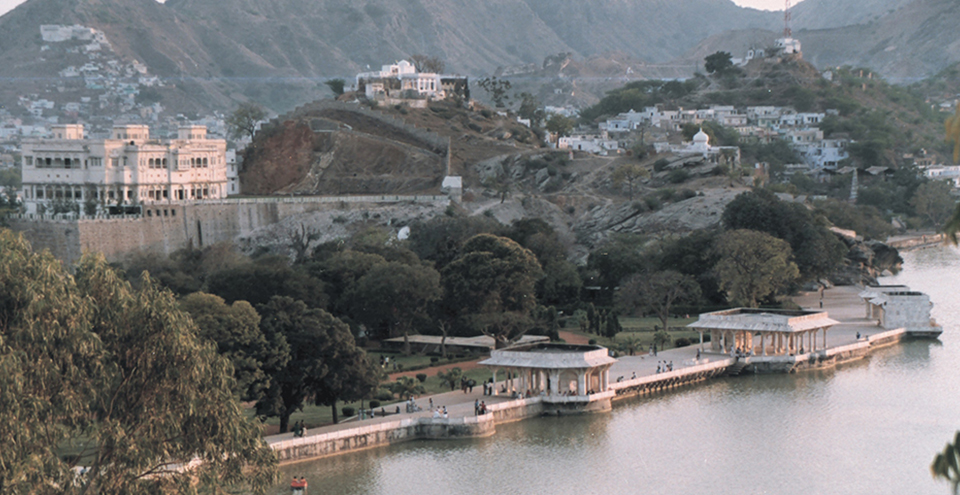
Anasagar Lake is a scenic artificial lake, commissioned and built by Arnoraj Chauhan, son of Ajaypal Chauhan, between 1135 and 1150 AD. Arnoraj was also known as Anaji, which gives the lake its name. Many years later, Mughal Emperor Jahangir added his touch to the lake by laying out the Daulat Bagh Gardens near the lake. Emperor Shah Jahan too, contributed to the expansion by building five pavilions, known as the Baradari, between the garden and the lake.
Nareli Jain Temple
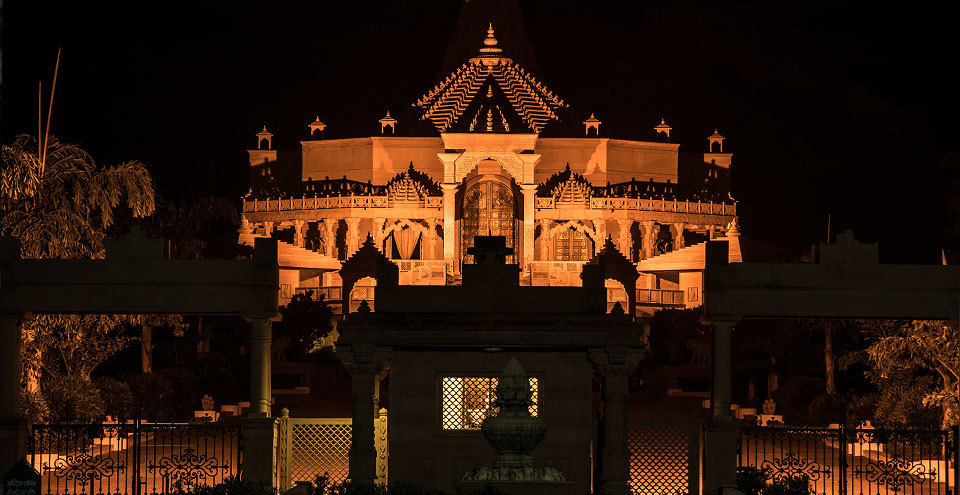
The Nareli Jain Temple in Ajmer, also known as the Shri Gyandoaya Tirth Kshetra, is situated on the outskirts of Ajmer on the national highway to Jaipur. This modern edifice is celebrated for being a perfect blend of traditional and contemporary architectural styles. It consists of 24 miniature temples in its vicinity. Known as Jainalay, they represent the Jain Thirthankars. The Nareli Jain Temple is an important point of pilgrimage for Digambara Jains.
